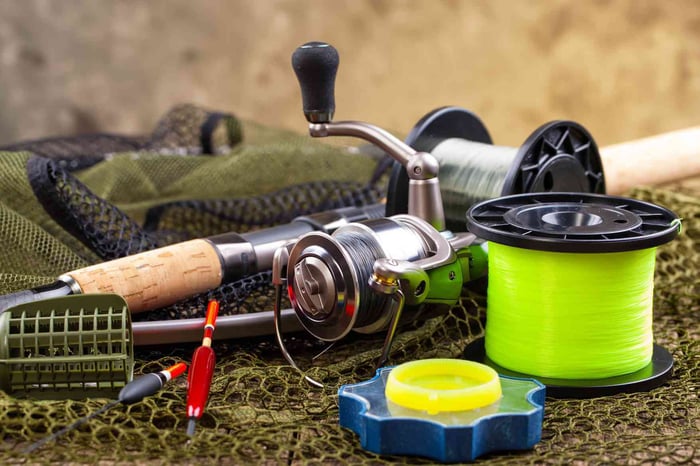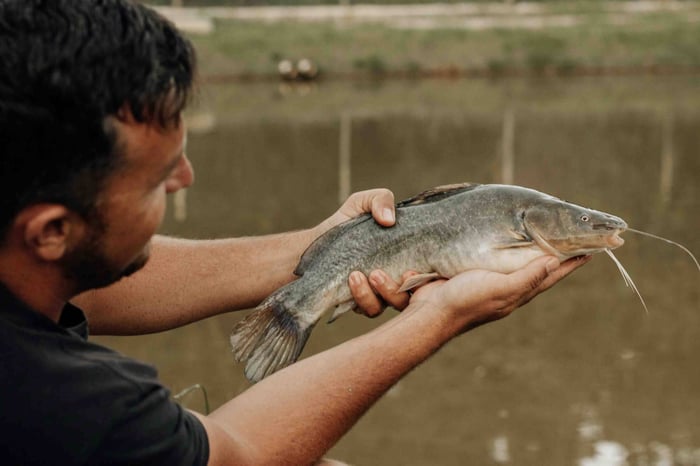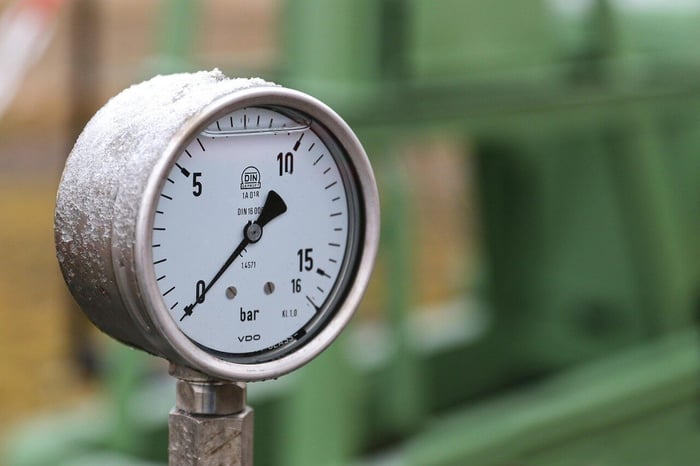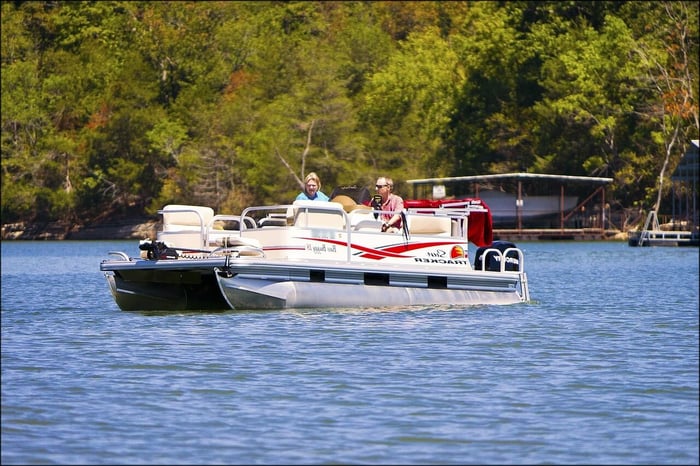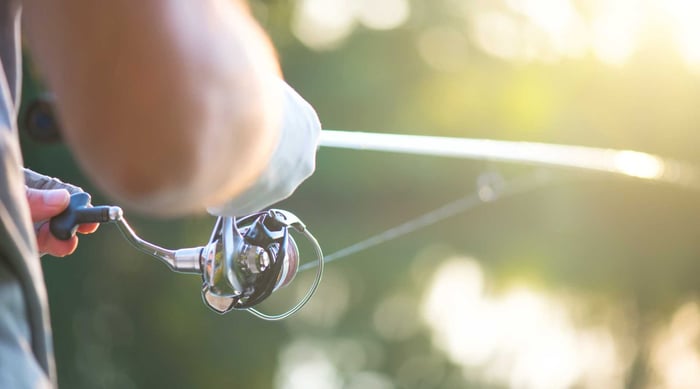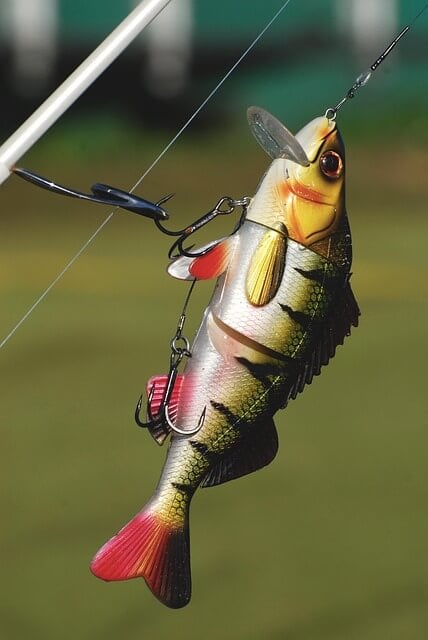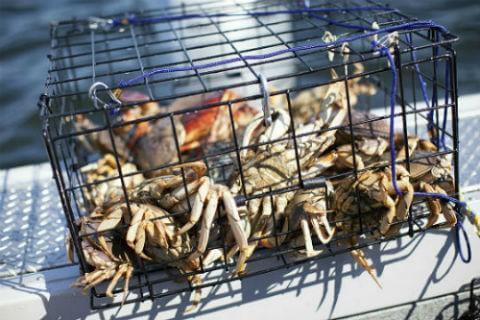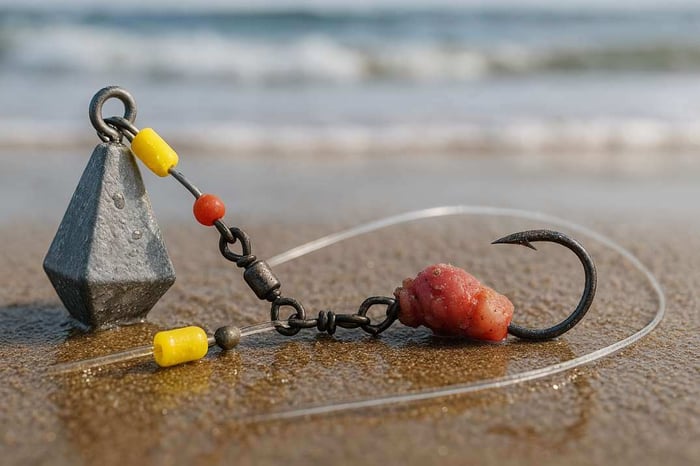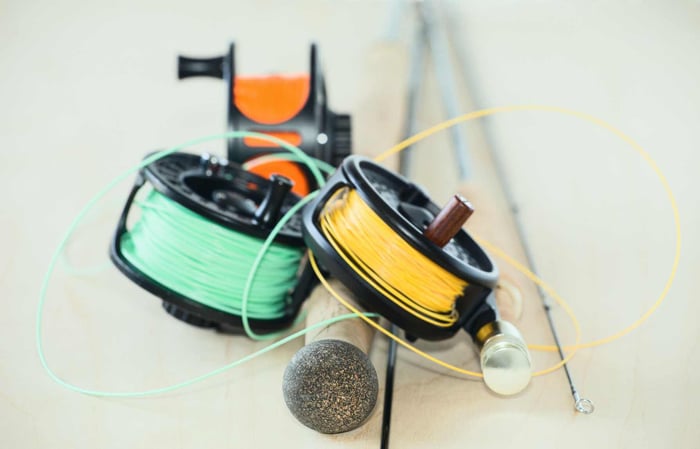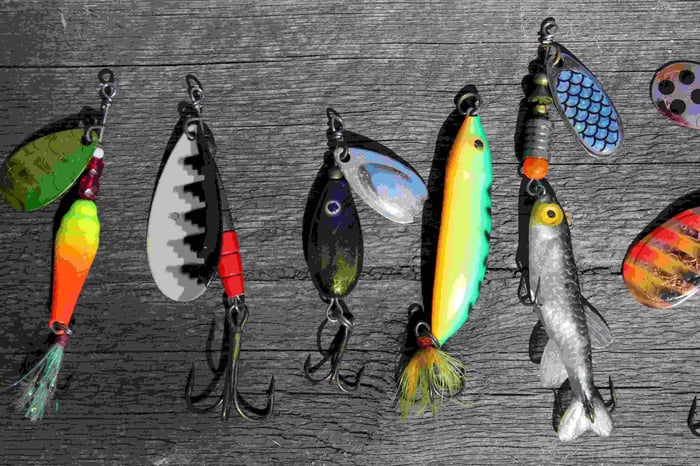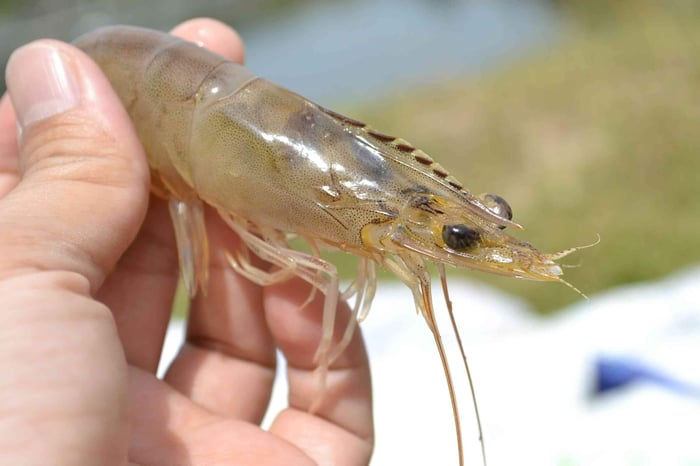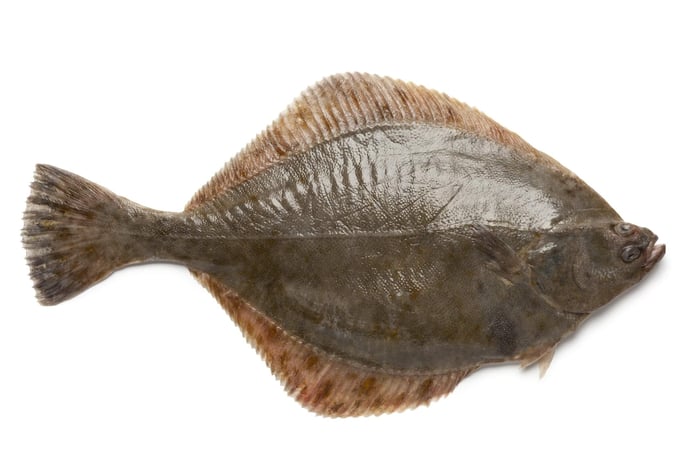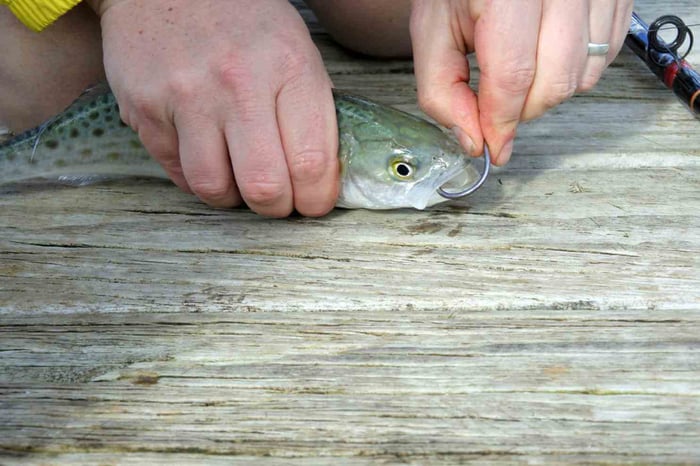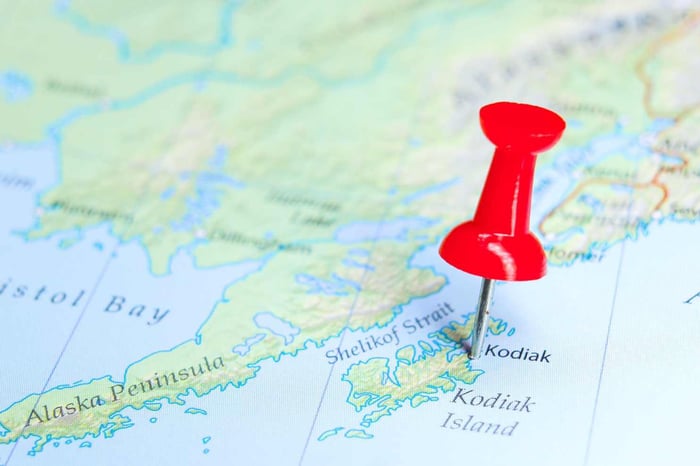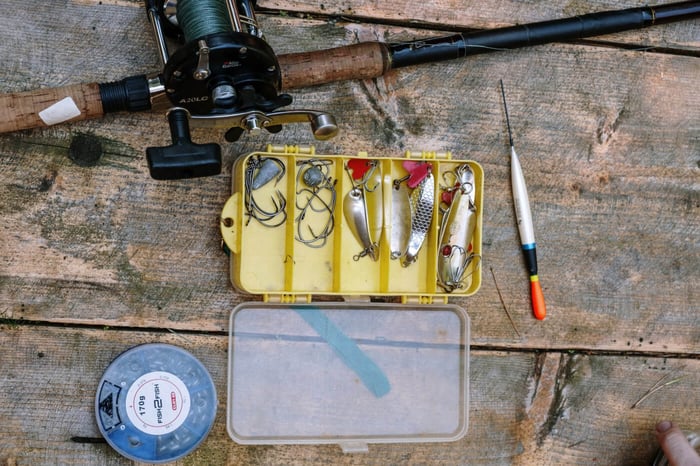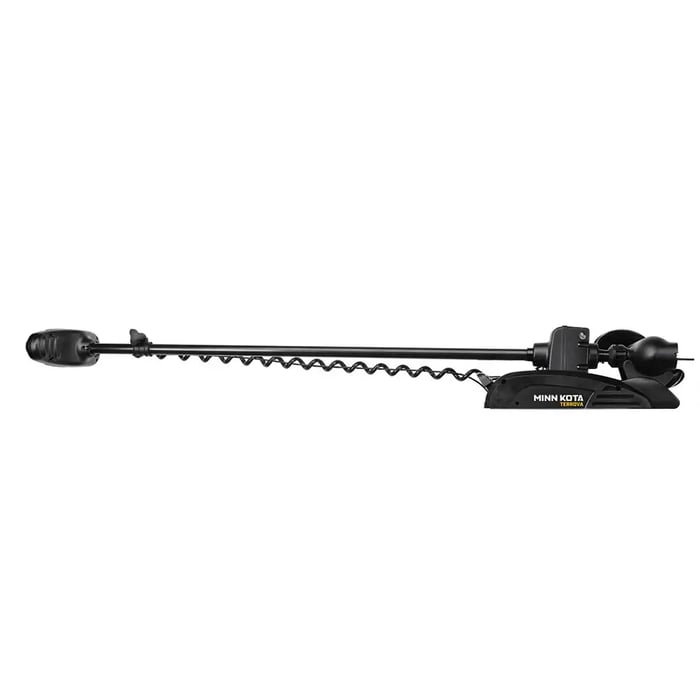Table of Contents
Fishing Equipment Maintenance
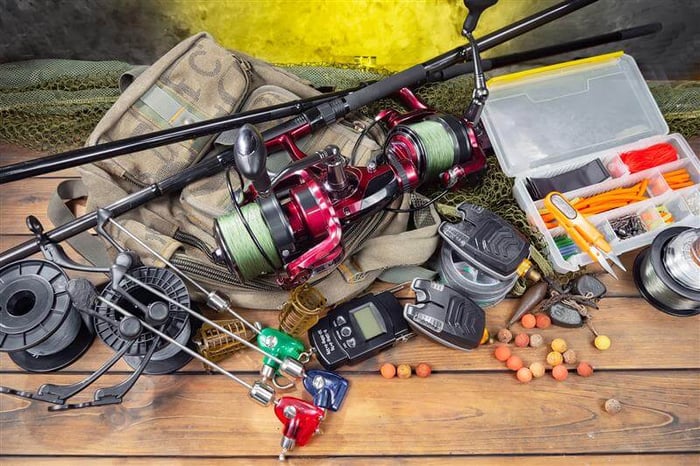
What happens next after fishing? Well, if you've been doing this for a while now, you're well aware that catching fish is only half the tale. There is a bit of extra work involved.
Keeping your gear in working order is what brings you back year after year. A well-tuned rig not only catches more fish on the water. But also, and well, it's cheaper in the long term.
Plus, it's for safety purposes. It can prevent mid-trip failures that can put an otherwise perfect day to waste.
Many people make the rookie mistake of throwing the rod and reel in the garage immediately after a trip, particularly after saltwater fishing. No judgment here, though. I mean, we've all been there.
Salt, sand, humidity, and even sun exposure. These slowly gnaw at your gear.
Before you know it, your drag's freezing up, your guides are rusting, and your go-to reel begins grinding like a pepper mill.
It’s happened to me, and trust me, that sound ruins the mood fast.
In this article, we'll take a look at the best method of cleaning, caring for, and storing your angling gear.
Yes, we're talking about all of it: rods, reels, lines, lures, waders, the entire shebang.
We promise you that this is a good guide if you are a beginner or looking to become more intentional about caring for your fishing gear. After all, you have spent money on them.
This is a no-nonsense, practical guide that will guide you through keeping everything in optimal condition. Let's begin, shall we?
The “After-Trip Routine”
If you were to ask a seasoned angler right now about how to maintain and clean fishing equipment, you'll get the same answer. And that's to NOT DO IT LATER.
The best time to clean your gear is right after the trip. When the fish blood, salt, and dirt are still new and easily cleaned off.
First, start with a quick rinse in clean water. A hose, bucket, or clean water bottle can all be used to lightly wash your reel, fishing rod, lures, and tackle.
Do note, though, you shouldn't blast it with hard pressure, especially where the moving parts and fishing reel are located. That's just forcing dirt deeper in. Not a very smart move, if you ask me.
Next, grab a dry towel and wipe everything down. Everything in this case means rod blanks, reel handles, guides, and even your tackle boxes. A quick few swipes with a soft cloth here will prevent rusting and corrosion later.
And then, open up the tackle storage. Terminal tackle, soft plastics, and hooks must be checked. Pour out any bait scraps or damp gear from individual compartments and dry them out.
Fish blood, especially that of a filthy trout or snapper, can dry up into a hard, sticky crust. A damp cloth with warm water or mild dish soap will suffice.
After a saltwater outing, go a little deeper. Salt likes to hide in joints and seams, so wash a little more thoroughly and check out all the working components. When dry, apply a light coating of reel oil or grease to the problem areas on your reel.
Skipping this five-minute ritual is trouble: stuck drags, frozen handles, cracked guides, and stinky tackle. And take it from me, you wouldn't want this on your hands.
"Do it later" can mean getting rid of half your gear by next season.
Taking care of your fishing equipment doesn't have to be all that. It's just part of the beat of fishing life.
Rod Cleaning and Storage Tips
Your rod is the foundation of your outfit. And I hate to say this, but rods are most often taken for granted.
Figuring out how to store and clean fishing gear begins with learning to treat your rod with dignity.
First, take the reel off and place it aside. Heat some water in a bucket and add a pinch of mild dish soap.
Soak a soft cloth in the mixture and start wiping down the entire rod, piece by piece. Don't forget about the guides.
Those tiny loops really collect salt, grit, or even dried bait.
Wipe the areas with a soft-bristled toothbrush or rubbing alcohol if there is persistent dirt.
String test your fly line or fishing line through the guides so that there are no nicks or rough spots where the line gets cut during the fight.
Inspect the grips as well. For cork, a damp, but not wet, cloth is suitable. Don't wet it. For EVA foam, some gentle scrubbing is effective. Dry wipe with a towel and allow to dry completely.
When you've cleaned it, put it away from the sun. UV light warps epoxy and bleaches out materials.
Don't set it in a corner or let it sit on the back seat of a parked hot car. That's when you get warped blanks and busted handles.
Stand your rod up in a rack or rest it held at several points horizontally. Never stand it on wobbly surfaces.
When taking it down for the season, cover it with a rod sleeve to keep it from dust, bumps, and temperature fluctuations.
Be gentle with your rod, and it will last for years. Withstood tough trips, harsh weather, and all the fish you can catch.
How to Clean & Lube Your Reel
The fishing reel is the most intricate part of your fishing equipment. Sadly, though, it’s also the most vulnerable to damage if not cleaned properly.
Whether you’re using a spinning reel, baitcasting reel, or fly reel, you should know this. Clean fishing equipment starts with mastering reel maintenance.
A low-pressure hose flush or pouring out of a bucket of fresh water will suffice in rinsing dirt and fish blood off the reel without forcing it in deeper.
Then, dry and clean the reel with a soft cloth. Clean the handle, bail arm, and drag knob.
For dirt that is difficult to remove, put a little rubbing alcohol on a cloth or a cotton swab and rub the hard surface. Towel-dry all of these.
Once completely dry, apply a thin layer of real oil to all the moving parts that are accessible without disassembly.
Focus on the line roller, handle knobs, and bail hinge. If you’re familiar with your reel’s internals, add reel grease to the gears inside, but do not over-lubricate.
Too much grease attracts dirt and can damage the reel over time. So, beware.
If your reel has been buried in sand or in saltwater, these must be done immediately.
Flush out the underwater portion with running freshwater, dry the reel completely, and then remove the cap to check.
Look for exposed corrosion and sand. Oil application isn't necessary, really. In fact, it should only be attempted after all the silt and water have been flushed out.
Store your reel in an aerated case or a soft pouch. Store it in a position that would not expose it to heat, direct sunlight, or moisture.
Store it in a dry and cool place to prevent its rusting and to extend the lifespan of your fishing gear. It saves you money in the long run!
When to Clean or Replace Lines
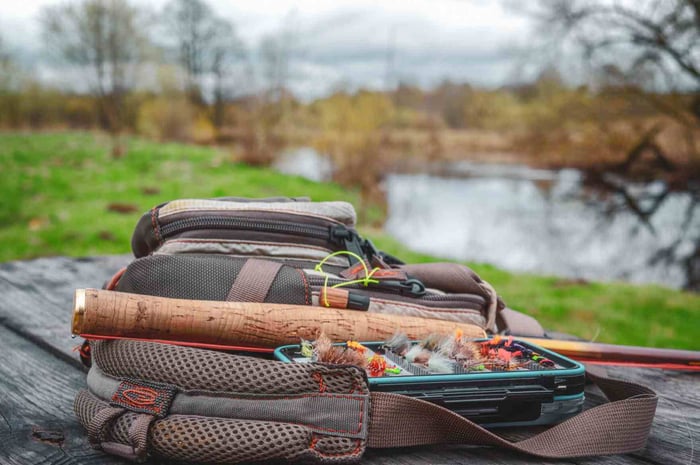
Monofilament, fluorocarbon, and braided line all have different lifespans and care requirements.
Monofilament is cheap and soft. But at the same time, it absorbs water and degrades fast in sunlight. So, there's that.
Fluorocarbon is abrasion-friendly but also UV-sensitive. The braided line is longer-lasting but can fray and become salty.
Meanwhile, it's actually easy to clean your line. Spool out a few feet and pass it over a soft cloth saturated with warm water. And perhaps, a little mild dish soap, too.
Be on the lookout for memory in mono, such as tight wraps. Look for fraying or discoloration in a braided line.
Poor knots and odd snapping under tension also indicate that it's time to replace it. I know this is unfortunate. But it's worth the investment, I think.
Store all your lines in a dark and cool location. Try not to expose it to direct sunlight. As much as you can, keep spools dry so that mold and deterioration don't set in.
Proper line care isn't just about performance. It keeps you maintaining your rod and catching the fish you set out for.
Hooks, Lures & Terminal Bits
Terminal gear cleaning is as crucial as rod and reel upkeep.
The hooks, lures, swivels, and soft plastic endure the abuse on each trip, particularly after exposure to fish blood, bait wash, and seawater.
Start by washing everything off with clean water.
Remove any visible dirt using a bucket or hose.
Clean terminal tackle, soft plastic, and any metal lures even more efficiently. Dry it all after washing using a soft cloth or towel.
To de-rust fishing hooks or swivels, soak the rusty areas in vinegar or apply a paste of baking soda and water.
Let it sit, gently scrub, rinse off, and dry. Applying a thinner oil will prevent future rusting.
Sharpening your hooks should be a part of your routine.
Sharpen using a small file or stone and test by drawing the point across the fingernail. If it skips, then sharpen it. If it bites, it's ready.
Put tackle into separate compartments within your tackle boxes and dry every component before storing. Trapped moisture in tackle boxes is one of the main causes of corrosion.
Additional protection may be provided by adding silica packs and desiccant gel. Actually, even a small clump of grains of dry, uncooked rice can be used to soak up spare moisture.
It is worth it to maintain your tackle clean so that your hook sets are firm. Your lures function correctly. And your equipment will last longer.
Treat each one with care. Like your life depends on it. Because when that big fish strikes, it will. Trust me on this one.
Cleaning “Forgotten” Gear
It is simple to forget about the gear that doesn't catch fish. This is a mistake that I also tend to make.
But you know, these pieces of equipment are just as important when considering how to take good care of and clean fishing gear.
Think about your waders, nets, plano boxes, and fishing bags.
If kept dirty and wet, these become breeding grounds for mold and mildew quickly.
Begin by emptying all of it. Clean out used terminal tackle, soft plastics, and bait containers.
Shake free sand, leaves, and dirt. Wash with fresh water from a hose or bucket, particularly the seams and bottom of angling bags or the mesh of landing nets.
Soft gear, such as waders or slings, can be washed in warm water with mild dish soap.
Gently scrub with a soft cloth and then rinse well. Dry everything in a dry, well-ventilated area until entirely dry.
Soft gear must never be stored wet. Trapped moisture in folds will cause odor, mold, and even corrosion of any metal zippers or clips.
Plano boxes require special care.
Have all the individual compartments open, clean them with a dry towel, and leave them open for the night to allow airflow to dissipate captured humidity.
In repacking for the off-season, pack your gear loosely. Do not seal wet things in plastic containers. Allow your fishing gear to breathe.
Seasonal Deep-Cleaning Checklist
Even if you do maintain a standard post-trip schedule, your fishing equipment still requires complete washing now and then.
Best to do these at the end of spring and again in late autumn, just before and after the main seasons of the average angler.
Start by taking apart your hooks. Pull the fishing rod away from the reel. Open the tackle boxes. Pick up all lures, hooks, line, and accessories. Examine hooks and lures thoroughly.
Clean as necessary. Clean rods and tackle with warm water, mild dish soap, and a soft cloth. Look for cracked grips or broken guides and metal damage.
Apply a thin layer of reel oil to moving parts after you clean and grease internal gears, only if you are comfortable disassembling.
Check your fly line and angling line for memory or fraying and replace the part that is worn. Organize terminal gear and soft plastic.
You eliminate the ones that are melted and re-stack the rest. Check waders, bags, and nets for mold or weak areas.
As you put things back in service, consider long-term storage. Store rods in sleeves, reels in air bags, and tackle in well-ventilated dry containers.
The best place is a shaded, cool area. Don't expose them to direct sunlight or air-tight containers that trap moisture.
I know it's easy to get bothered by this chore. But it's not just routine maintenance. It is preservation for another year of fishing without a surprise equipment failure.
Final Recap
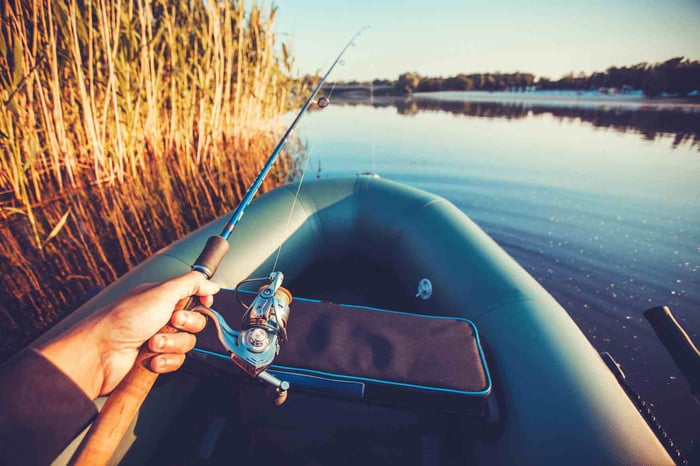
It's not merely about remaining clean. It's all about safeguarding your time, your investment, and your hassle-free right to fish.
Whether it's rinsing a rod after a saltwater outing, cleaning a fishing reel, inspecting a used fishing line, or drying out a tackle box, habits count.
The formula remains basic. Wash with clean water. Wipe with a soft towel. Inspect all the functional parts.
Keep in a dry, cool location. Use reel oil or grease cautiously, where necessary only. By following these simple steps, rust, corrosion, and gear failure will be avoided.
Within six trips or six years, the difference is noticeable. Fishermen who keep their equipment catch more and need to replace it less. Hooks remain sharp. Lines remain strong. Reels remain smooth.
Taking care of your equipment like it's an extension of the game pays you back with each cast.
A well-maintained rod and a reliable reel are more than equipment. They are your link to all the fish that ever bit and all the ones waiting to bite. Handle them well, and they will do the same.
